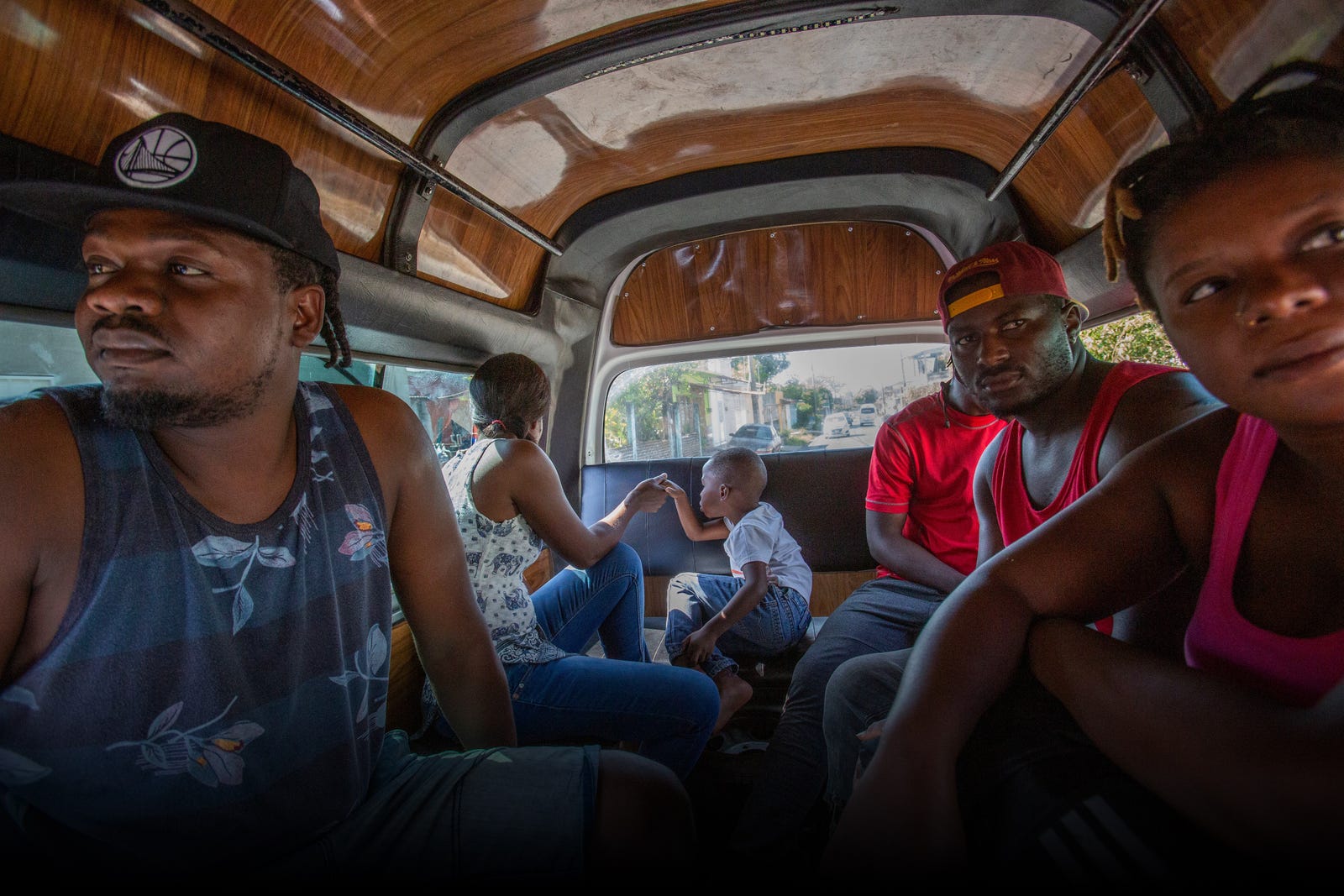
TAPACHULA, Mexico — In an apartment courtyard shaded by banana plant and bougainvillea, dozens of Haitian migrants worried away the hours waiting for word from the Mexican government on their asylum claims.
They chatted in Haitian Creole, sharing what each knew about their ultimate destination 2,327 miles to the north: Mexicali, a border town that promised jobs at the doorstep to the U.S.
They had come thousands of miles already in an exodus from Chile, as that country's economy collapsed. They had no intention of staying in southern Mexico, they said.
With a decent hold on Spanish from his time in Chile and two months waiting on his asylum application in Tapachula, 30-year-old Williamson Simon said he planned to head north for Mexicali. A friend had told him he could make between 6,000 and 9,000 pesos — $250 to $400 — a month working in construction.
"I didn’t come to stay in Tapachula," Simon said, wearing a T-shirt that read: "No worries. No regrets. Just enjoy. Nothing is everlasting."
He said, "I am looking to start another life."
But the days were turning into weeks and months, and he and the others were stuck.
Ever since the Trump administration pressured Mexico last year to crack down on immigration — or else face heavy tariffs — it had become too risky for many migrants to work in Mexico or make the trip north without legal status.
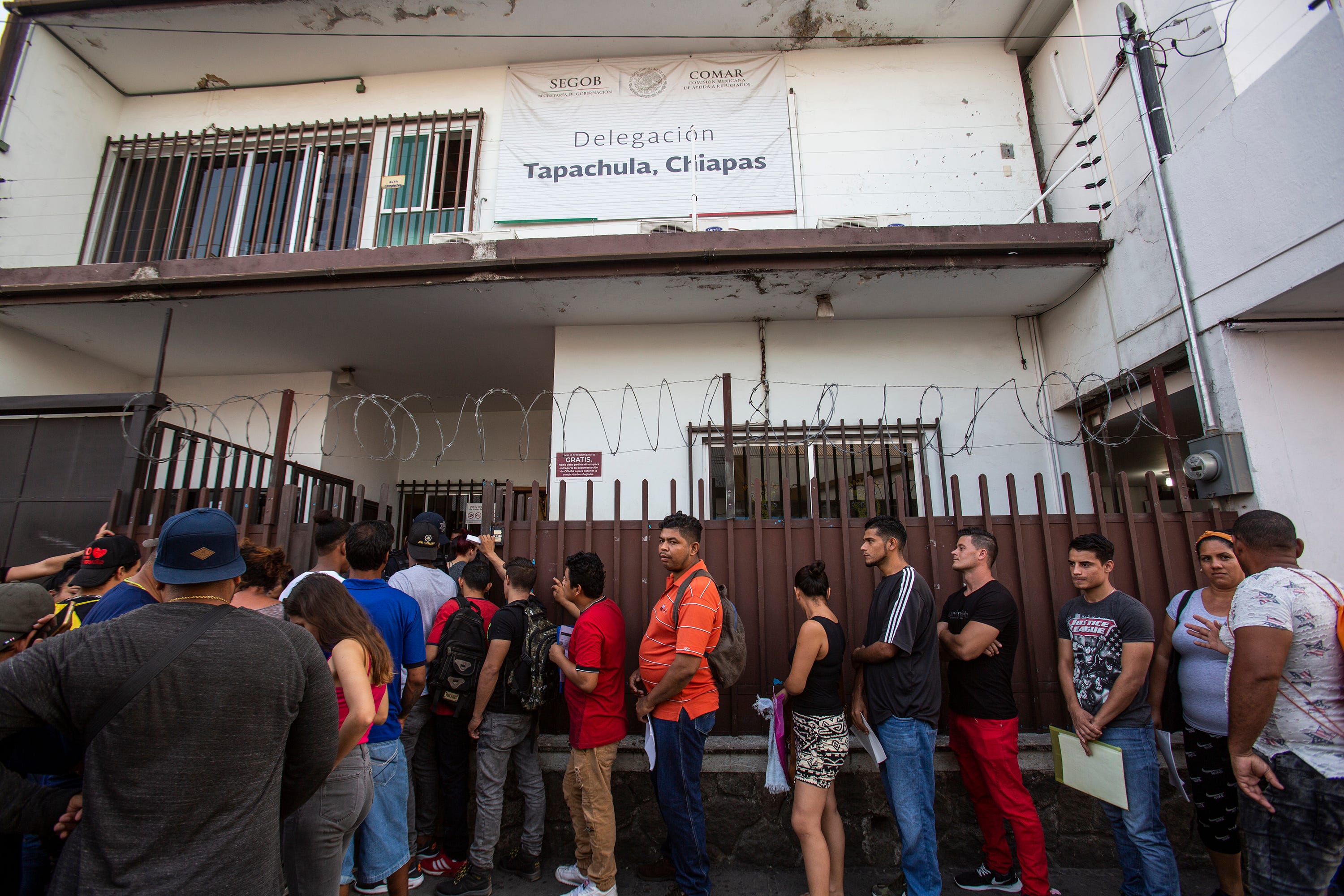
Tapachula, a colonial town in the shadow of a volcano at Mexico's southern border, had become a waiting room for the Haitians, as well as for migrants from all over the world. They began applying in massive numbers for asylum in Mexico: a path to legal work authorization, safe passage to the U.S. border, or both
Haitian applications for asylum or refugee status in Mexico surged from just 76 in 2018 to 5,548 in 2019, according to an analysis of government data by the nonpartisan Migration Policy Institute in Washington, D.C.
Among all nationalities, asylum applications in Mexico swelled to 70,609 in 2019 from 3,424 the prior year, according to MPI.
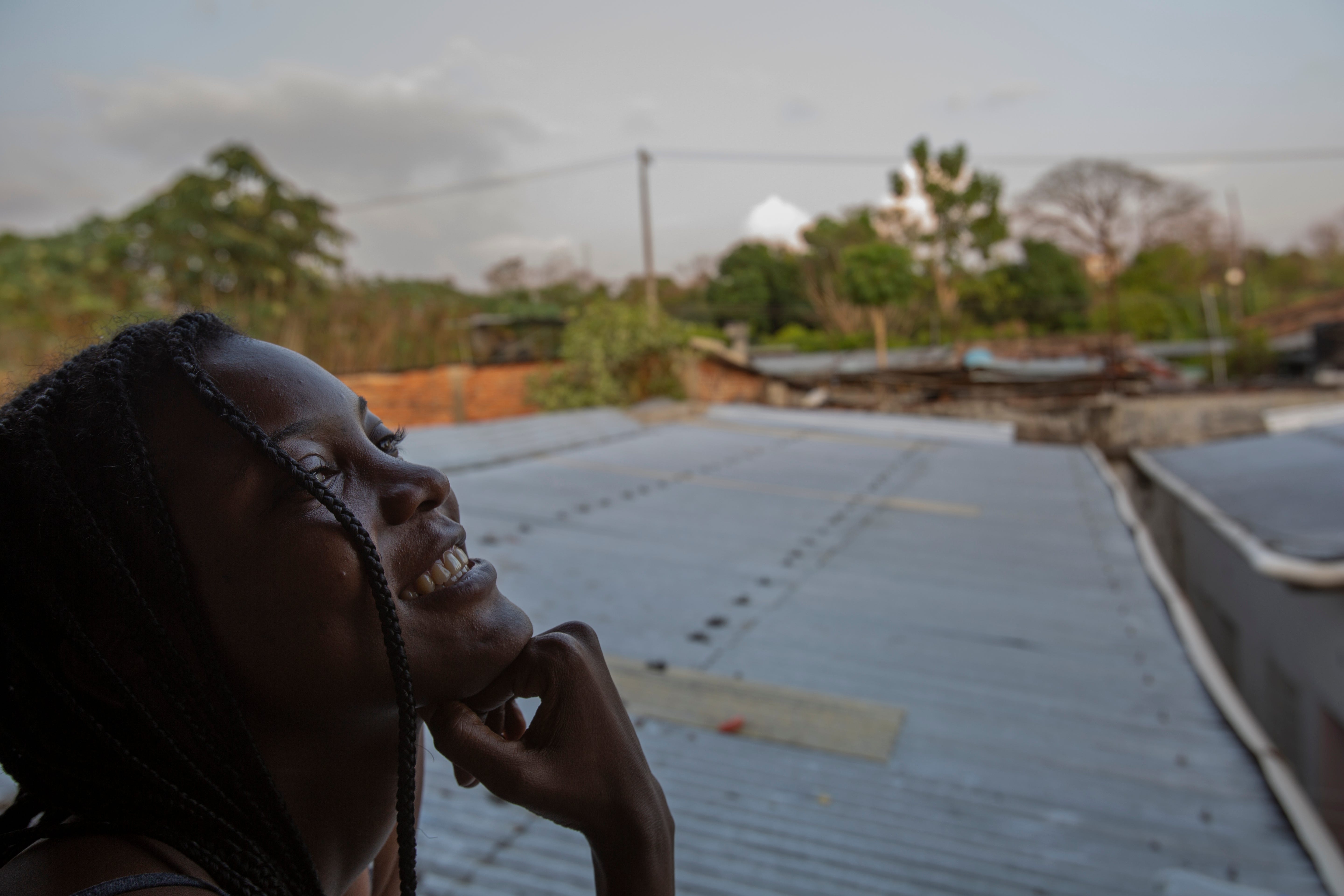
"There is always the question with asylum numbers in Mexico," said Jessica Bolter, an associate policy analyst at MPI. "How many migrants would like to receive asylum status in Mexico, and how many are leaving for the U.S.?”
Simon had become a de facto welcome committee in Tapachula for his konpatriyòt, his Haitian countrymen. He held court under clotheslines in the apartment building courtyard. Everyone called him by his last name, pronounced "Simone."
His friend had already spent nine months working in Mexicali, he said, where there was a growing community of Haitians who had set down roots, creating a magnet for their friends and relatives. He thought he could make a life there for his wife and 2-year-old son.
Mexicali, sprawled out over a sun-baked valley, Haitians had embedded in all corners of the economy. They sold aprons with cartoon Frida Kahlo faces on street corners. They had found stable jobs in maquiladora assembly plants, grocery stores and restaurants. Simon read up on social media and liked what the city appeared to offer.
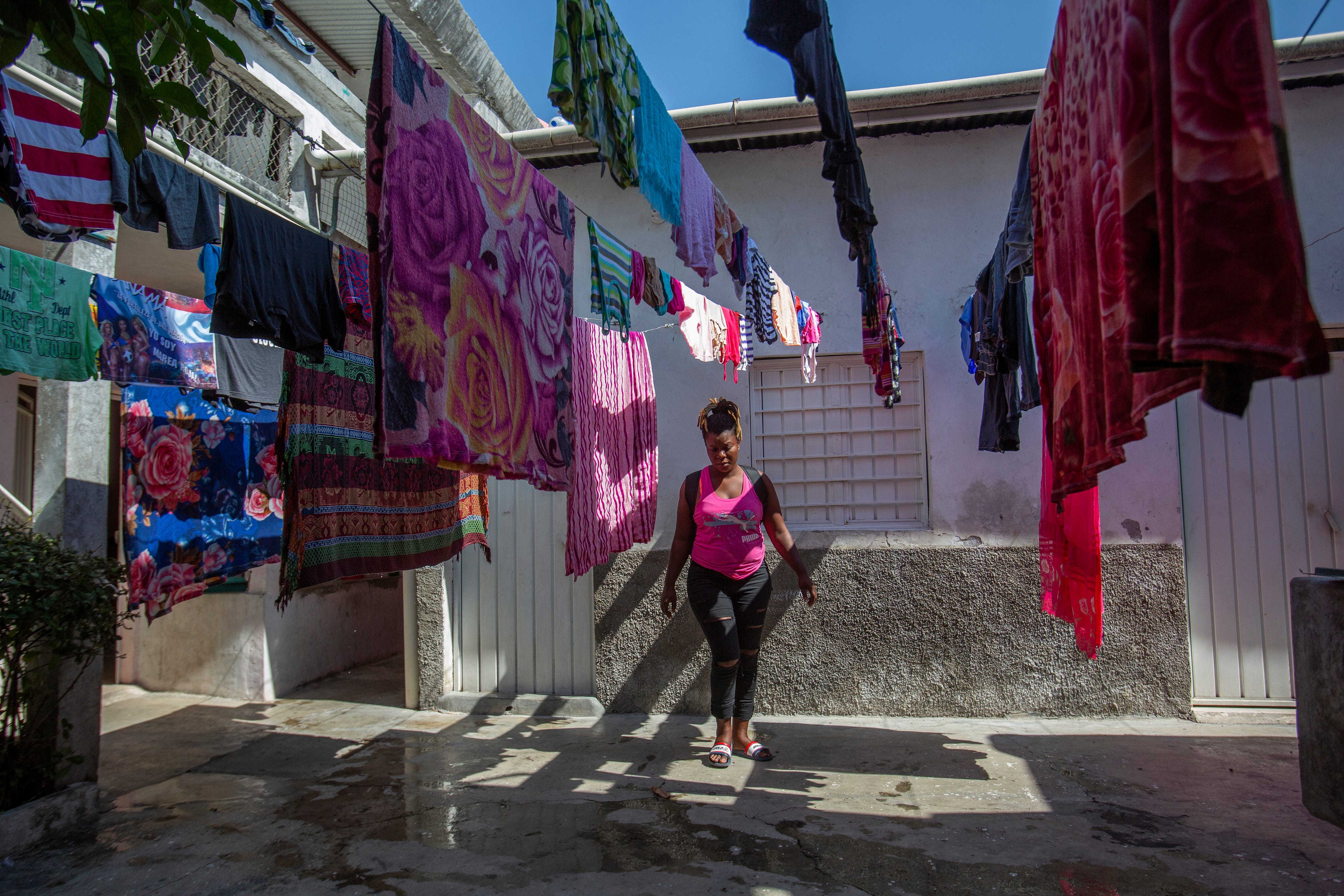
Was Mexicali Simon’s forever home? Or would he try his luck crossing the U.S. border? He used the word destino to describe his plans — a physical destination, a dreamed-of destiny.
"It depends," he said in Spanish. "I don't have a destination in the U.S. My only destiny is to live peacefully with my family."
U.S. border pushed south
The effect of the Trump administration's ongoing immigration crackdown has been to push the U.S. border further south, forcing Mexico to shoulder the brunt of enforcement and pick up slack in asylum claims as refugees of poverty and violence continue their journey north.
In late February, migrants from Haiti, Cuba, Honduras, Guatemala and elsewhere lined up each day outside Mexico's refugee commission COMAR in Tapachula's downtown.
They clutched asylum applications, papers tucked inside file folders and plastic baggies, and waited for their number to be called. A security guard cracked open a black metal gate every 15 minutes and ushered a few people inside, and a few people out.
Some ecstatic, others crestfallen.
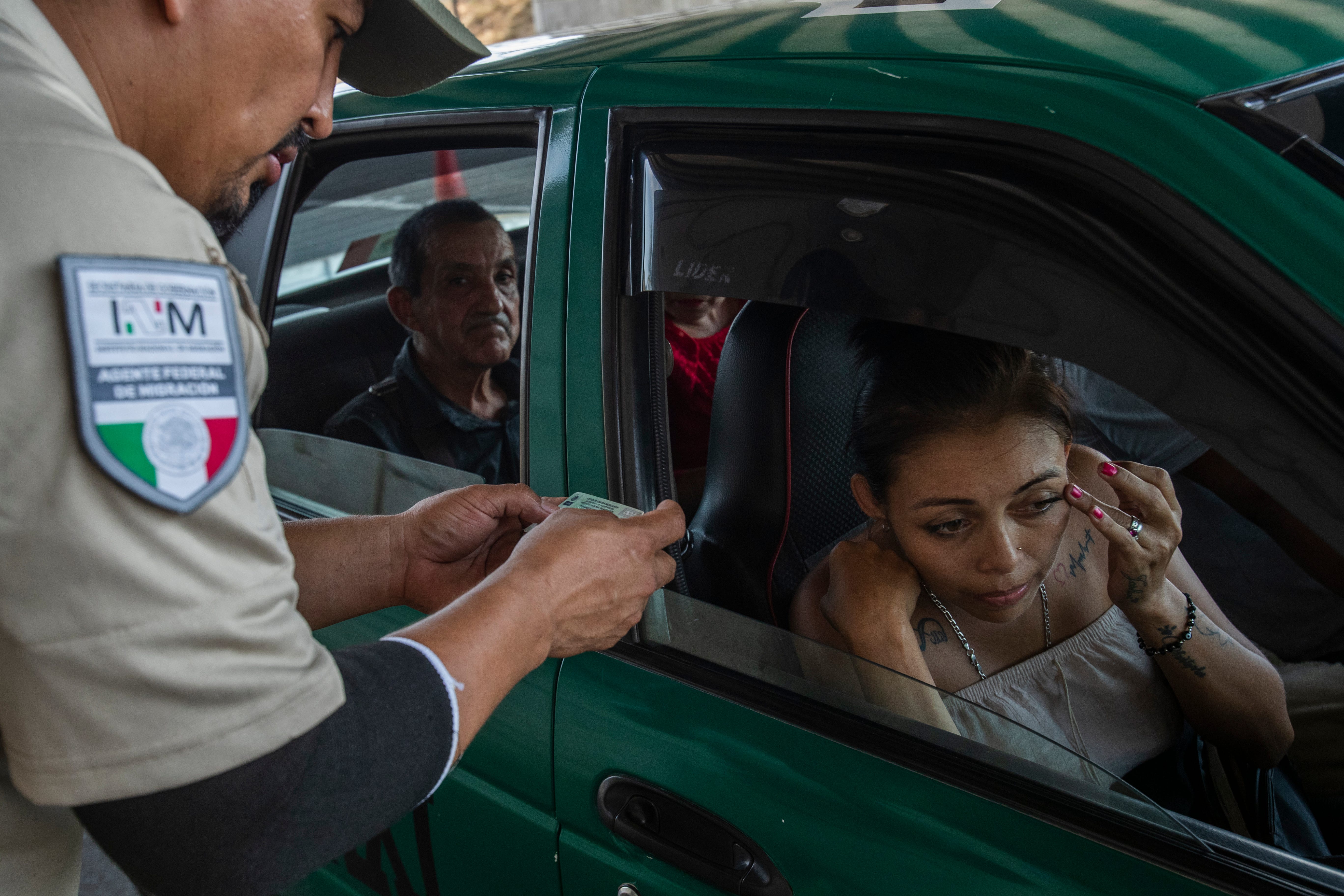
The sharp rise in asylum applications in Mexico was stoked by two Trump administration decisions in 2019: a July rule requiring migrants other than Mexicans seek asylum in another country first, before applying in the U.S.; and the administration's "Migrant Protection Protocols," which last year forced more than 62,000 asylum seekers to wait in northern Mexico long-term for the resolution of their cases.
Mexico ramped up its asylum capacity last year, roughly doubling COMAR’s budget to 60 million pesos, or about $2.5 million, from 27 million pesos, said Andrew Selee, MPI president.
"Is this a substitute or not? If your goal is to relocate to the U.S., this doesn’t really help you," he said. "If your goal is to make money, this is an option for you."
For the Haitians, winning asylum in Mexico would mean protection from deportation as they made their way north, first, and, second, a chance to earn pesos. That was part of Briyanne Jeanniton's calculus.
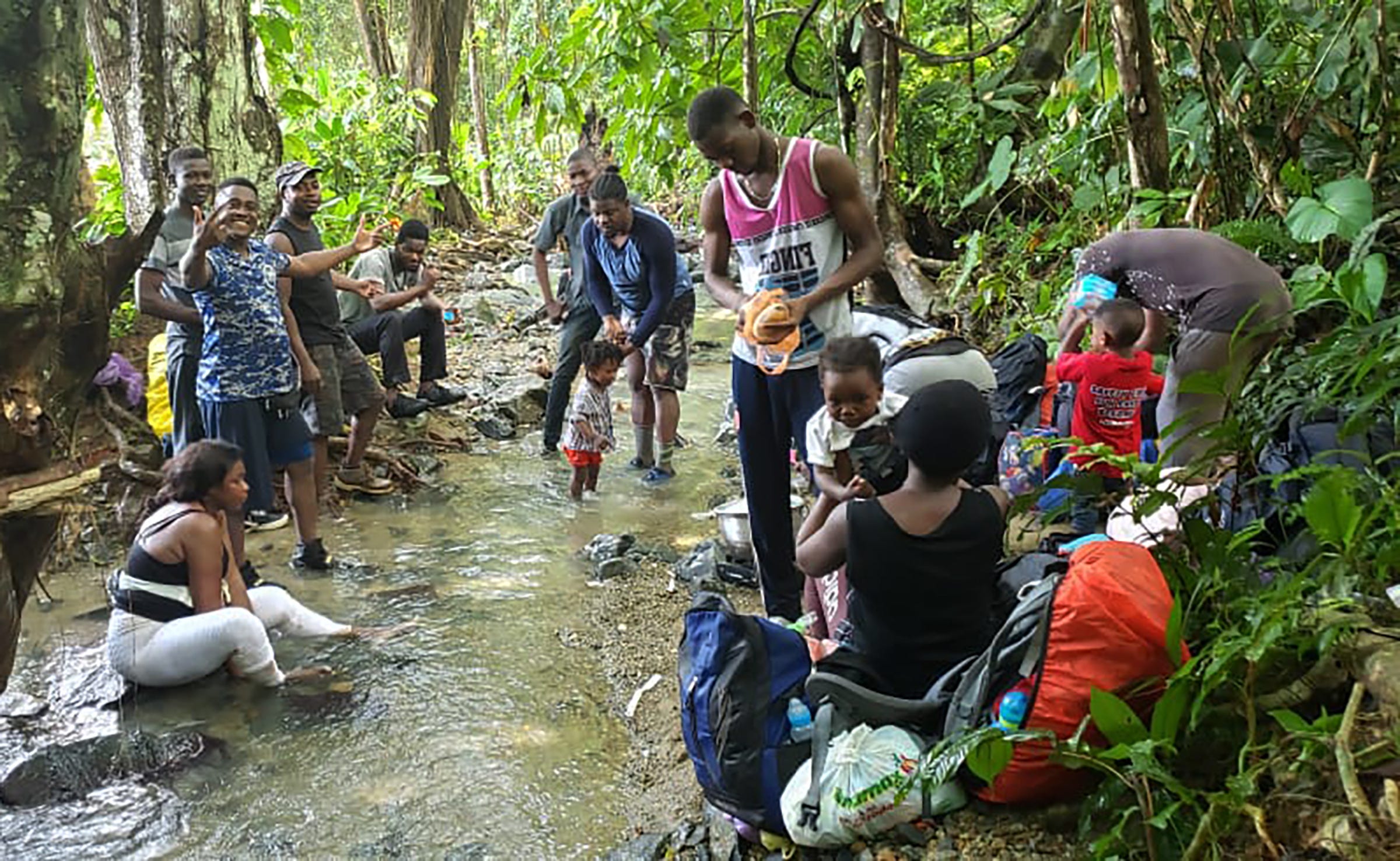
The 22-year-old leaned against the apartment balcony overlooking the courtyard and chatted with Simon. She dreamed of becoming a pediatric nurse, helping children, she said.
"I left Haiti because of everything you see in the news — the politics, the lack of work. I wanted to go to school, and I couldn't, you see," she said in Spanish tinged with Chilean slang. "I'm going north to Mexicali, to work, to help my family so they can eat."
"Mexico is good. The people are polite, and they treat you well," she said.
"The problem the Haitians have is they have to wait a long time for the papers," she said. "They want them so they can cross the country, to get to Tijuana or Mexicali."
Both cities are traditional launchpads for migrants who want to take a chance at crossing illegally into the United States, or legally request asylum at a port of entry. The Trump administration’s crackdown has made crossing illegally a riskier, more expensive endeavor and legally requesting asylum almost impossible.
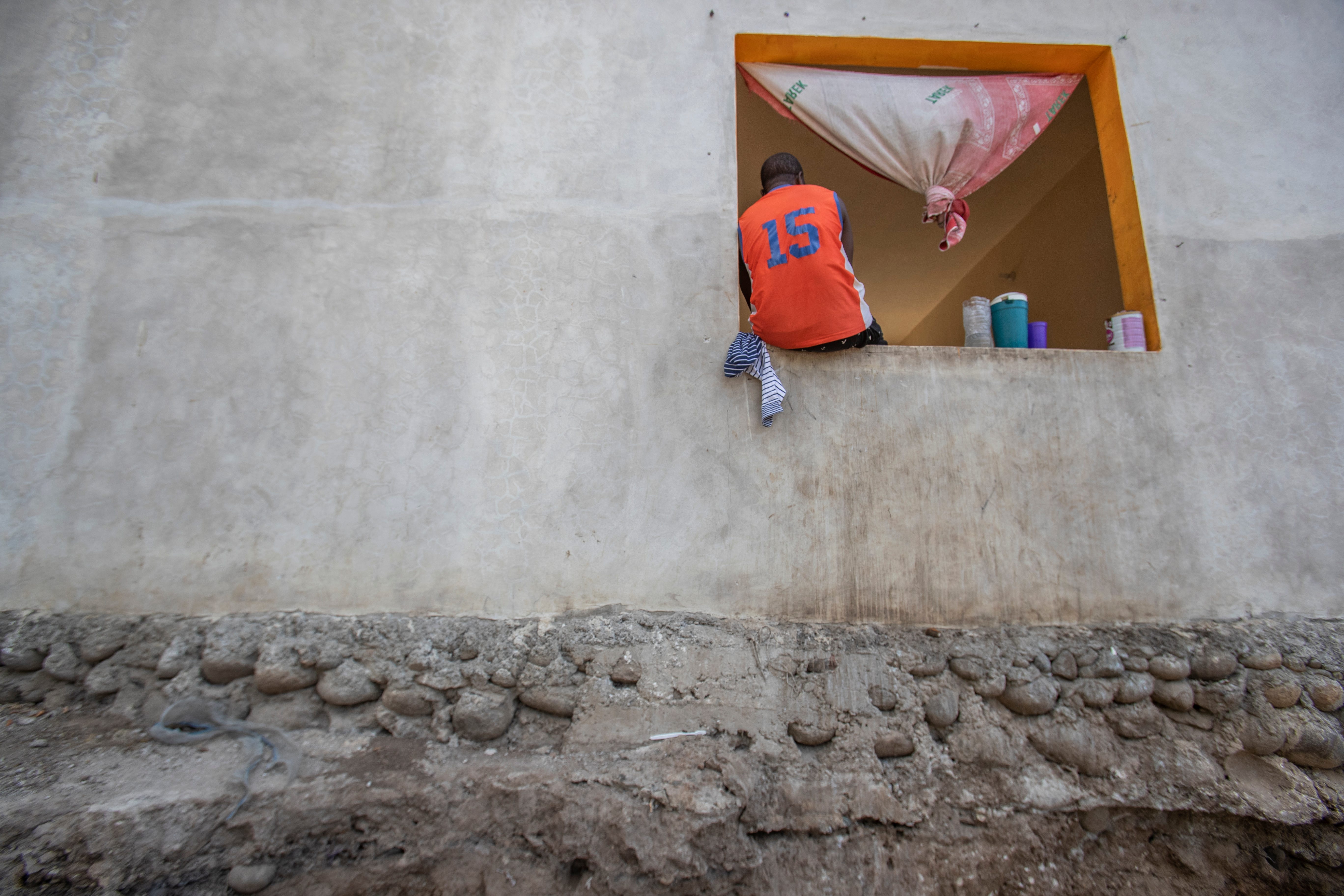
U.S. Border Patrol apprehensions at the Southwest border plummeted nearly 40% to about 191,000 in the first six months of fiscal 2020, from about 361,000 in the same October-to-March period during fiscal 2019. Reports of smugglers putting migrants’ lives at risk — buried under gravel in dump trucks or packed into cargo containers — are on the rise.
But the number of migrants presenting legally at a port of entry, often to claim asylum, is down.
CBP reported a 26% drop in “inadmissables” at ports of entry border-wide in the first six months of fiscal 2020, to 23,219 from 31,436 a year ago.
The number of Haitians deemed “inadmissible” at a port of entry hit a seven-year peak in fiscal 2017 at more than 9,000, then fell to about 1,000 last fiscal year. In the first six months of fiscal 2020, just 127 Haitians presented at a port of entry, CBP reported.
Deportation risks in Mexico
Simon lost his construction job in Santiago de Chile last year as widespread, violent protests against inequality destabilized the Chilean economy. He arrived in Tapachula on Dec. 28 and had been counting the days — now nearly four months — that he hadn't worked.
It was hard to find a job in Tapachula, he said. The town of 320,000 didn't offer the opportunities of Mexicali, more than twice its size, with assembly factories, big agriculture operations and construction projects. Or the proximity to the U.S.
Also, the risks in Mexico of being sent back to Haiti had grown.
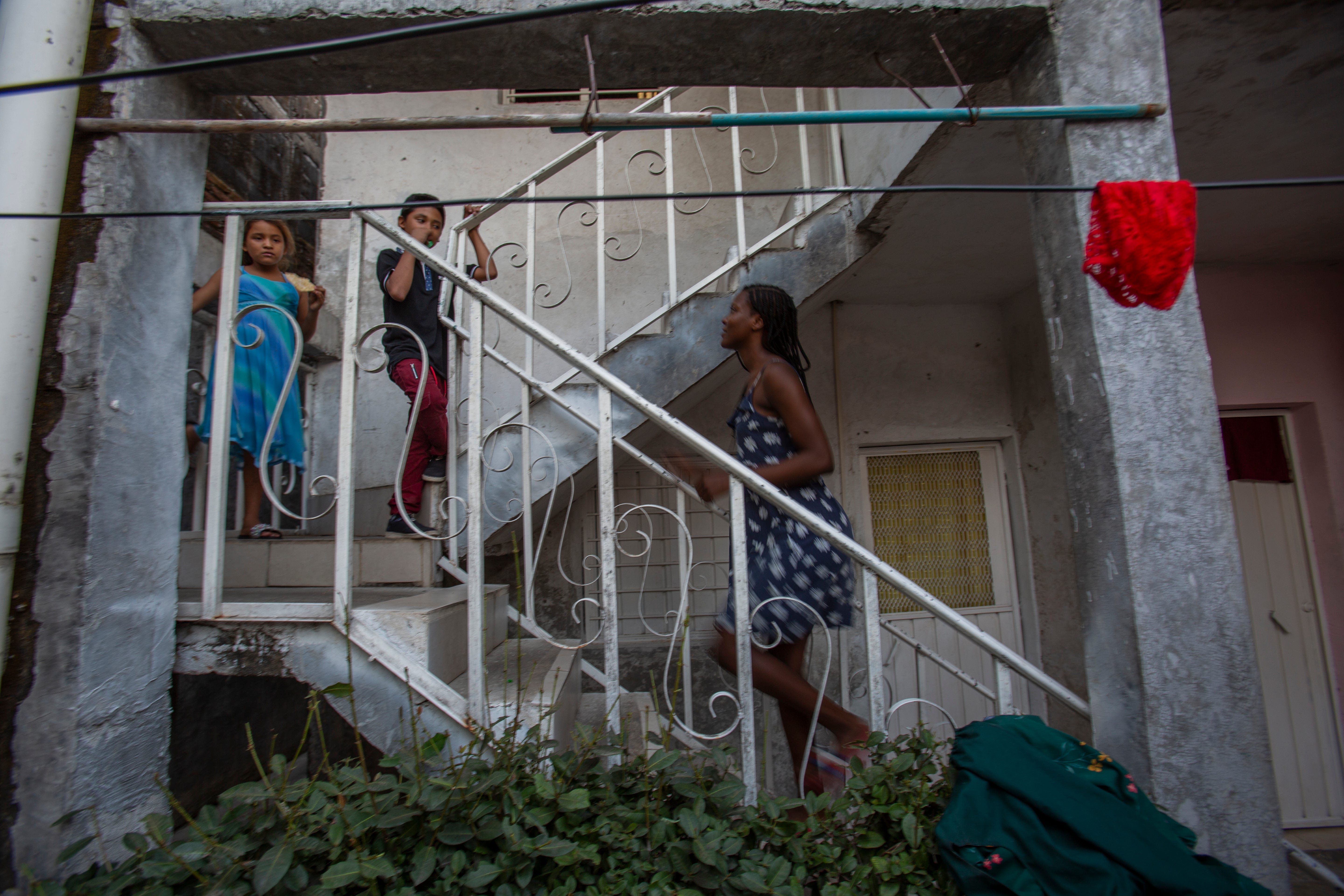
Mexico returned or deported 281 people to Haiti in January and February of this year, according to government figures, more than the 262 Haitians returned or deported by Mexico in all of 2019.
Overall, the number of migrants returned or deported by Mexico to their home countries rose to 141,223 in 2019, up 22% from 115,686 in 2018.
"It’s by design, the externalization of the U.S. border," said Salvador Lacruz, coordinator of the Fray Matías Center for Human Rights in Tapachula, which provided assistance to more than 18,600 migrants last year, a quarter of them Haitian.
"The border isn’t even here, in Tapachula," he said. "It’s pushed back to Guatemala and Honduras."
"People are going to keep fleeing," he said, "and they are going to take riskier routes."
A new life in Mexicali
Signs of the Haitian exodus to Mexico were everywhere in Tapachula.
At the Buen Pastor shelter on the outskirts of town, florescent posters on the wall next to a makeshift clinic explained symptoms of various ailments in Haitian Creole. The shelter was crowded in late February, with 680 people, including 120 children; the men slept outdoors on mats at night for lack of bunks in rooms.
About a quarter of those staying in the shelter were Haitian, many holed up there long-term, waiting on Mexican asylum applications.
Haitian people gathered at night at a Tapachula plaza around a statue of Mexico's beloved President Benito Juárez. His famous quote hung on the wall behind him in golden letters: "Among individuals, as among nations, respect for the rights of others is peace."
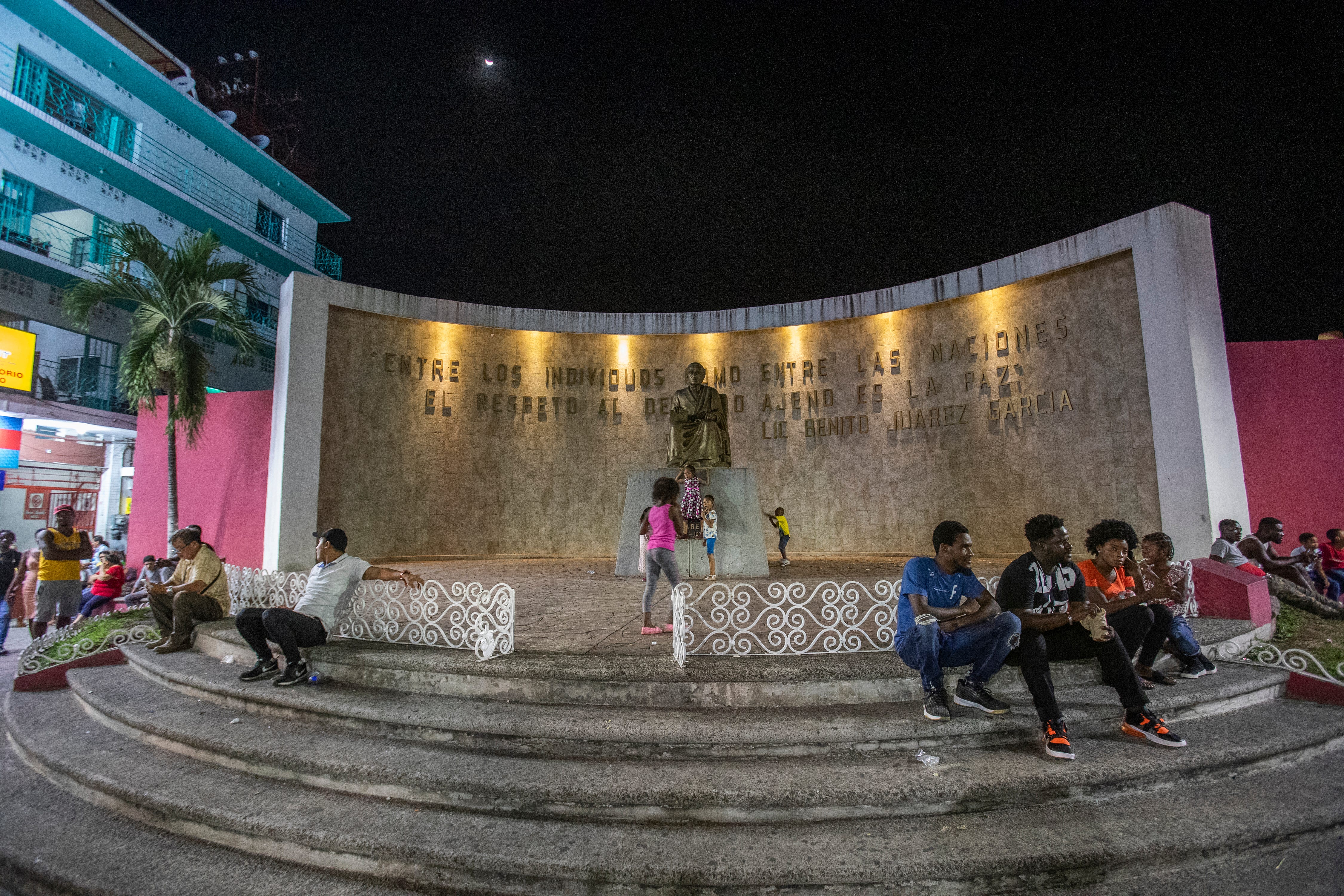
In early April, Mexico informed Simon he would be granted asylum.
But his paperwork wasn’t yet ready when Mexican President Andrés Manuel López Obrador declared a national emergency in late March to combat the spread of the coronavirus, shutting down most businesses and government agencies nationwide.
Now COMAR was closed indefinitely, and Simon's case was on ice.
"All I want is a tranquil life," he said, "without problems to pay the rent, for food, diapers and milk for my son. I want a safe place and a salary that will pay my bills."
People who leave their homes and strike out to start a new life in a new country often turn to their network, experts say; they’ll go wherever friends or family have had success making a living, making a life.
In Mexicali, a close-knit community of Haitians rent rooms in cuarterías in a neighborhood about a mile south of the border wall. They’ve settled in. They’ve bought cars. They’re having children, born with Mexican citizenship.
Despite the economic fallout of the coronavirus, Simon’s friend still had work in Mexicali, he said, and Simon still dreamed of the 9,000 pesos promised.
There was nothing to do but wait.